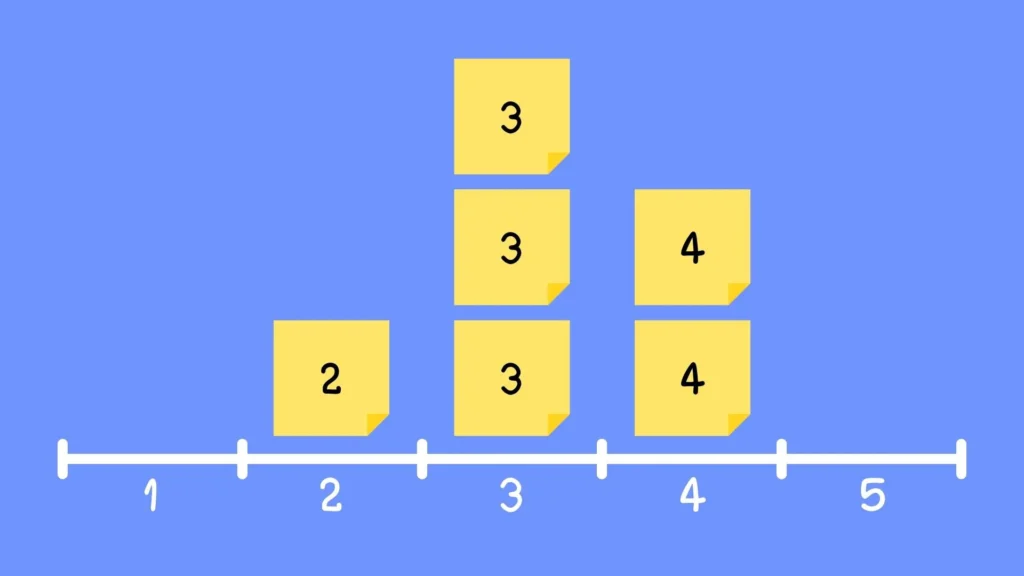Ever wonder how to get everyone on the same page before a meeting? Enter the Check-in Retrospective—your team’s pre-game huddle that sets the stage for success.
What’s a Check-in Retrospective? Simply put, it’s the opening act of your retrospective meeting. It’s a chance for each team member to mentally arrive, share their state of mind, and get ready to dive into deeper discussions.
Why Start with a Check-in? It’s like the first sip of coffee in the morning—it awakens the senses and prepares you for the day. A check-in warms up the team, aligns everyone’s expectations, and lays out the objectives for the meeting ahead.
The Objective? To create a comfortable space where everyone feels ready to contribute, ensuring the meeting is as productive and engaging as possible.
Retrospective Check-in Activities/Questions
Check-in activities and questions serve as a prelude to the main retrospective meeting. Their primary purpose is to create an environment conducive to open communication and collaboration. By engaging participants right from the start, these activities set the tone for the session, encouraging a more productive and focused discussion.
Examples of Effective Check-in Questions
- Icebreakers: These are light-hearted questions or activities designed to ease participants into the meeting. They can be as simple as asking about a favorite food or a recent movie everyone enjoyed. The goal is to get people talking and to foster a sense of camaraderie.
- Emotional Check-ins: These questions aim to gauge the feelings and readiness of the participants. Asking how team members are feeling about the project or the upcoming discussion can reveal underlying concerns that might affect the retrospective’s productivity.
- Expectation Inquiries: Understanding what each participant hopes to achieve from the retrospective can align the group’s efforts. Questions like “What is one thing you wish to improve by the end of this session?” can help set clear goals for the meeting.
→ Related article: Retrospective Ice Breakers
Creative Kickstart for Your Retrospective
Infusing creativity into the check-in process of a retrospective not only makes the session more engaging but also encourages innovative thinking and problem-solving throughout the meeting. Creative activities can break the usual routine, sparking interest and participation from the team.
Methods to Infuse Creativity into Check-ins:
1. Visual Aids
- Drawing: Begin with a quick sketch round where team members draw how they feel about the current project or phase. This can be as simple as doodles, which are then shared and briefly discussed.
- Mood Boards: Use a digital platform to create mood boards that reflect the team’s feelings or aspirations about the project. This can be a collaborative activity that gets everyone involved and interacting.
2. Interactive Tools
- Digital Whiteboards: Employ tools like Miro or Microsoft Whiteboard for collaborative drawing, placing stickers, or posting notes that express thoughts or concerns.
- Collaborative Documents: Use shared Google Docs or Sheets for real-time question responses or feedback collection, allowing anonymity and honesty in responses.
3. Themed Check-ins
- Base the check-in theme on current events, seasonal activities, or relevant project milestones to make it timely and relatable.
- Example: If a major project phase was completed, a ‘celebration’ theme can be used where each member shares a key achievement or learning from that phase.
→ Related article: 8 Great Retrospective Meeting Templates In Jira
Five Check-in Exercises for Retrospective Meetings
Scale Rating

This classic is simple yet effective. Ask everyone to rate the sprint (or project phase) on a scale of 1-5 (terrible-amazing) with sticky notes. Briefly explain their rating as they place it on a whiteboard or chart paper. This creates a quick visual of group sentiment.
Histogram

Take the Scale Rating a step further. Create a visual representation by having participants place their numbered sticky notes on a scale drawn on a whiteboard or flipchart. This quickly reveals how the team feels overall.
One Word Check-In

Go for a lighthearted approach. Ask everyone for a single word describing the sprint (e.g., “productive,” “stressful”). Share the words anonymously and discuss any recurring themes.
Appreciation Circle

Foster positivity by going around the circle and having each person share something they appreciate about the team or a teammate’s contribution during the iteration. This strengthens bonds and acknowledges good work.
Weather Report

Team members describe their current project feelings through weather metaphors (sunny, stormy, calm, etc.). Discuss what each weather type might imply about the project status and team dynamics. This creative approach allows team members to express concerns or positivity in a non-confrontational way.
→ Whenever your team is all warmed up, start your retrospective meetings with AgileBox – Planning Poker, Agile Retrospectives, Daily Standup for Jira. AgileBox provides teams with seamless, simple, fun, colorful, productive remote Agile Retrospective sessions.
Final Words
Incorporating creative elements into the check-in process not only enhances engagement but also encourages a culture of innovation and open communication. Whether through visual aids, interactive tools, or thematic approaches, creativity in the check-in phase sparks interest and breaks the monotony, paving the way for a dynamic discussion.
A well-executed check-in retrospective helps to maximize the effectiveness of the meeting by fostering an environment where all team members feel comfortable and motivated to share their insights and ideas.



